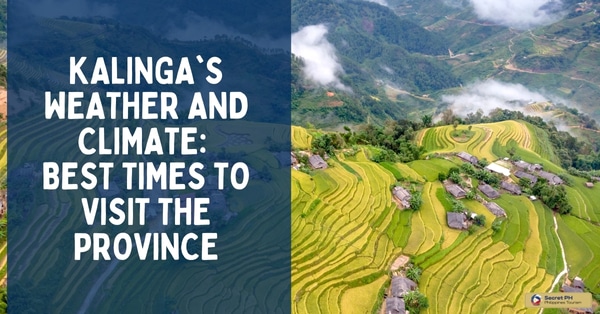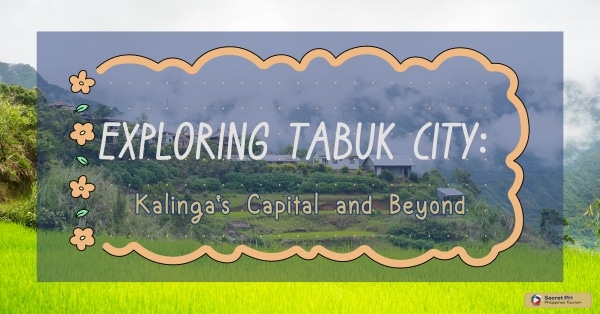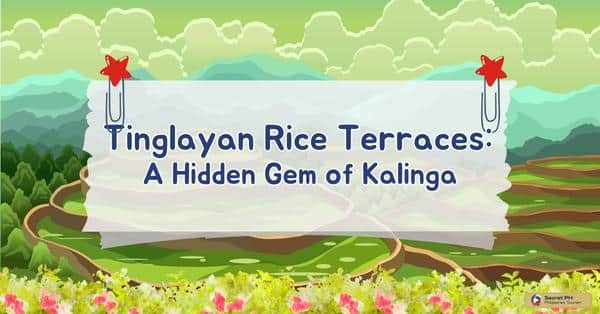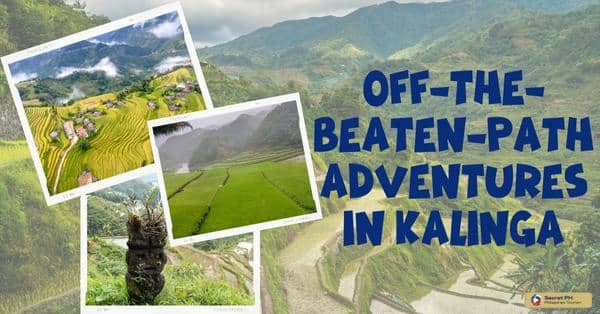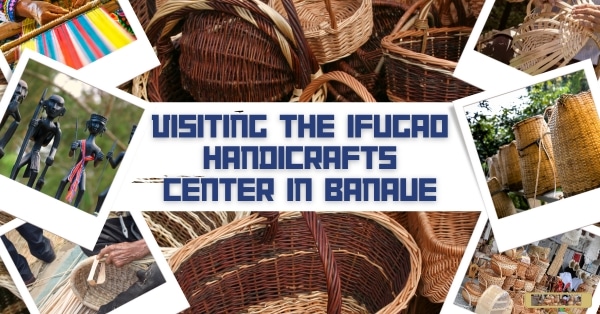The Philippines is a nation rich in culture and history, offering visitors a unique and amazing experiential journey. From pristine coastlines to lush forests, there’s something to enjoy for everyone!
From the iconic EDSA Shrine and the Basilica del Santo Niño in Cebu to the Tabon Cave in Palawan and the Fort San Pedro in Cebu, there is something for everyone to discover and explore.
To make sure that you get the most out of your Philippine cultural and historical exploration, we’ve compiled the top 26 destinations across the country that are must-sees for those looking for an unforgettable adventure.
So get your bucket list ready and let’s start exploring!
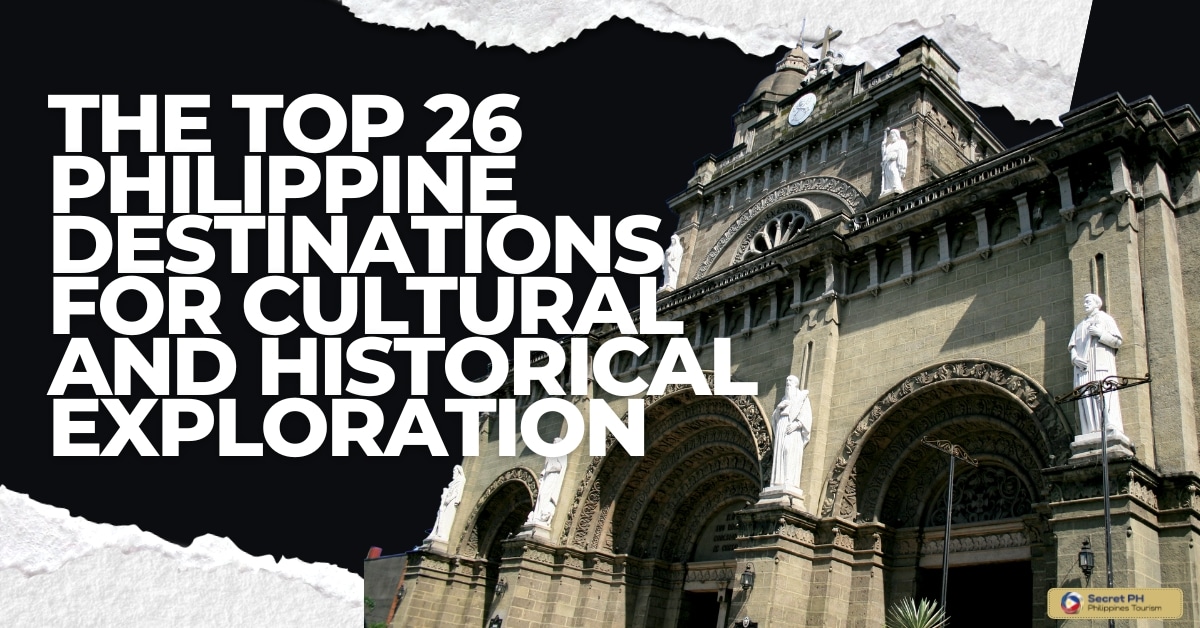
1. Intramuros
Intramuros, also known as the Walled City, is a historic district located in the heart of Manila, Philippines. It was built in the 16th century by Spanish colonizers and served as the center of Spanish political and religious power in the Philippines. Today, Intramuros is a popular destination for cultural and historical exploration, offering a glimpse into the country’s colonial past.
Visitors can tour the well-preserved stone walls, gates, and forts that makeup Intramuros, as well as visit historic churches and museums. The San Agustin Church, one of the oldest stone churches in Asia, and Fort Santiago, a former military defense structure, are among the most popular attractions in Intramuros.
In addition to its colonial heritage, Intramuros is also home to a vibrant cultural scene, with street performers, artisans, and food vendors adding to its lively atmosphere. Visitors can explore the narrow streets lined with colonial-style homes and shop for handmade crafts, such as textiles, jewelry, and pottery.
Address: Intramuros, Manila
Phone: 285272961
For pictures and more information, click here.
If you want to visit this place, check the directions here.
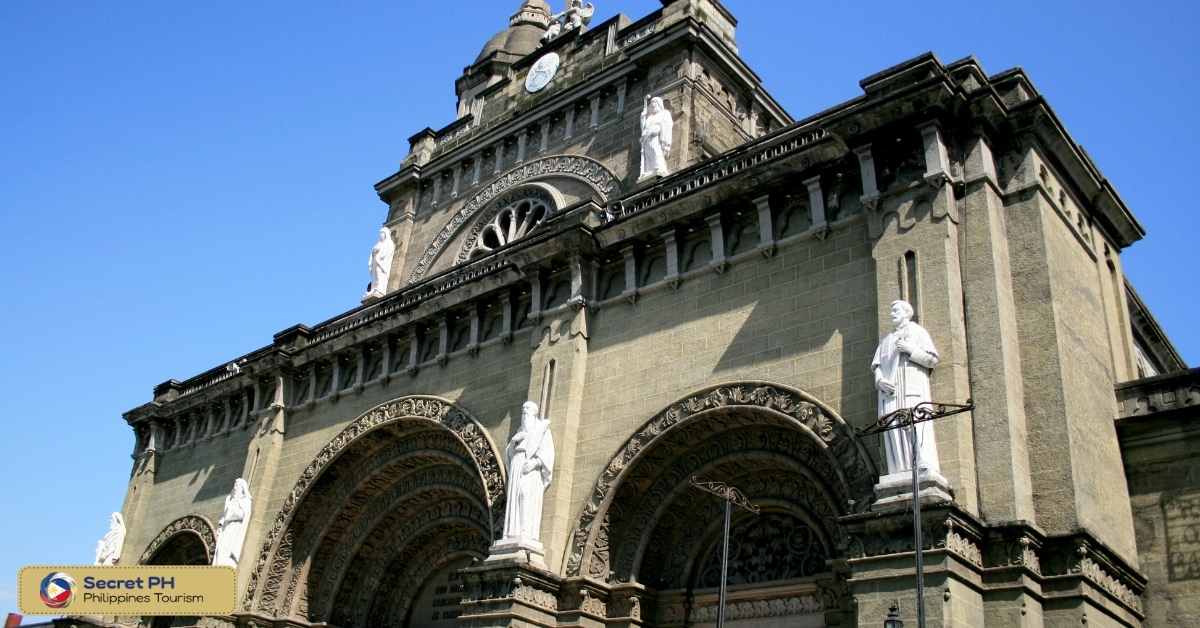
2. Corregidor Island
Corregidor Island, located off the coast of Bataan in the Philippines, is a popular destination for cultural and historical exploration. The island was once a strategic military stronghold during World War II and is now a memorial site that honors the bravery and sacrifices of Filipino and American soldiers.
Visitors to Corregidor Island can take a guided tour of the island and explore its rich history through its many monuments, memorials, and museums. The Pacific War Memorial, the Malinta Tunnel, and the Topside Barracks Museum are among the most popular attractions on the island.
In addition to its military history, Corregidor Island also offers scenic views of the surrounding sea and stunning sunsets. Visitors can hike the island’s trails, picnic on its beaches, and explore its lush tropical forests.
Address: Cavite City
Phone: +63288233281; +639776434819
For pictures and more information, click here.
If you want to visit this place, check the directions here.
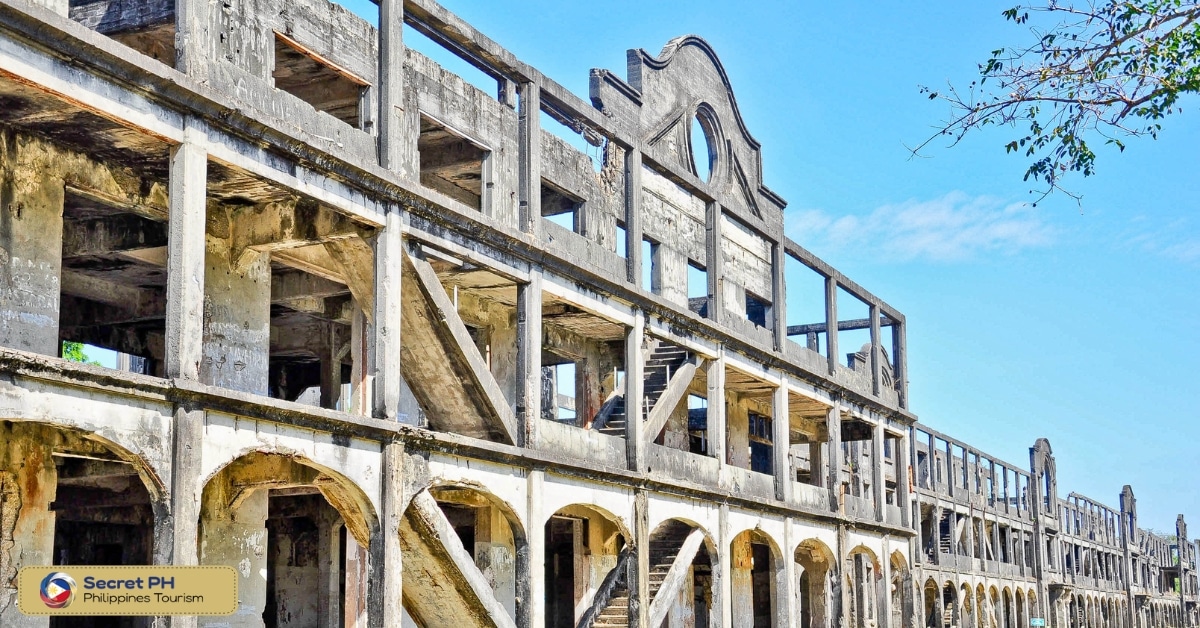
3. Calle Crisologo
Calle Crisologo is a historic street located in the city of Vigan in the Ilocos region of the Philippines. It is one of the most well-preserved Spanish colonial streets in the country and is a popular destination for cultural and historical exploration.
Calle Crisologo is characterized by its cobblestone streets, Spanish colonial-style homes and buildings, and horse-drawn carriages that offer a unique glimpse into the country’s colonial past. Visitors can take a leisurely walk down the street, stopping at shops and museums along the way to learn about the local history and culture.
The street is home to many historic landmarks, including the St. Paul Metropolitan Cathedral, the Syquia Mansion Museum, and the Crisologo Museum. These landmarks offer visitors a glimpse into the rich cultural heritage of the Ilocos region and the lives of its people during the Spanish colonial period.
Address: Vigan City, Ilocos Sur
Phone: (077) 722-8771
For pictures and more information, click here.
If you want to visit this place, check the directions here.
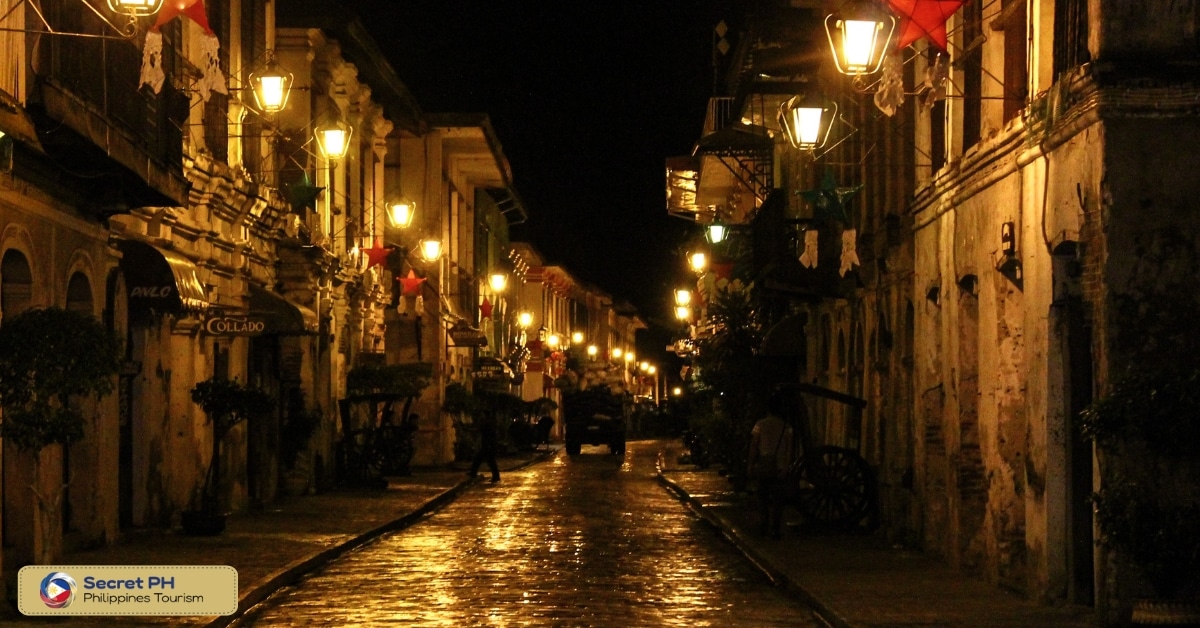
4. Rizal Park
Rizal Park, also known as Luneta Park or simply Luneta, is a historical urban park located in the heart of Manila in the Philippines. The location of the park marks the site where Philippine national hero, José Rizal, was executed by Spanish forces in 1898.
Since then, it has been christened Rizal Park in his honor. In addition to honoring its famous namesake and purpose as a public park, Rizal Park has also become an important tourist destination in Manila.
Visitors can browse through several monuments erected in honor of past Filipino heroes while strolling along its picturesque path lined with archways, ponds, and flowering plants. There are also many amusement areas such as an open-air theatre and museum that are sure to entertain both children and adults alike.
Address: Ermita, Metro Manila
Email: [email protected]
For pictures and more information, click here.
If you want to visit this place, check the directions here.
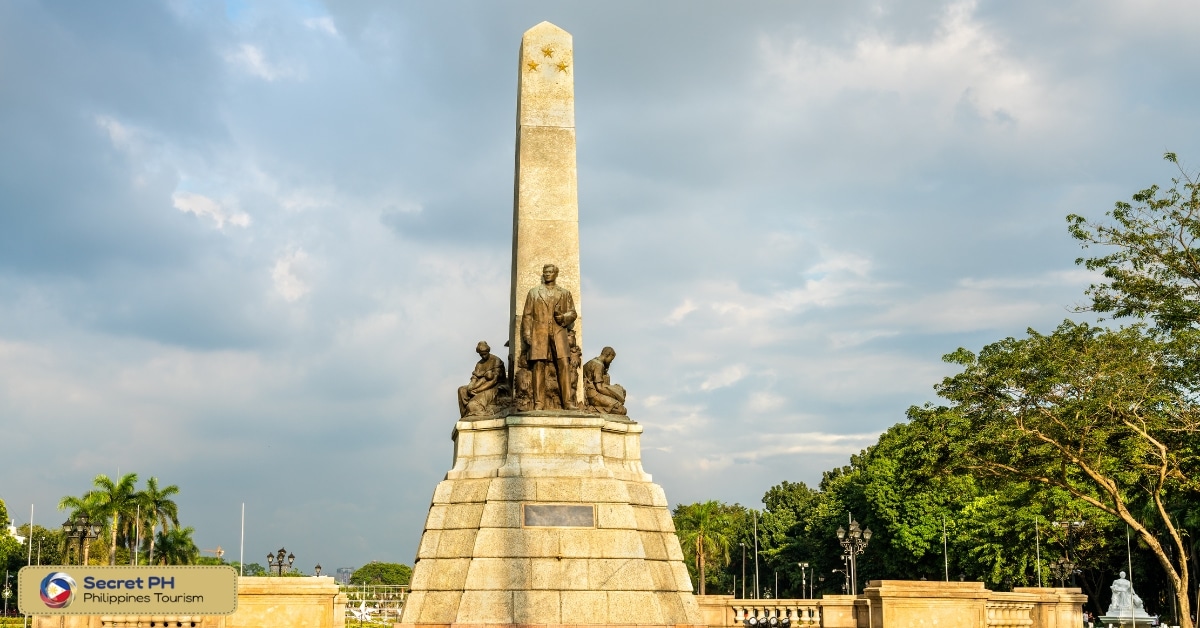
5. Fort Santiago
Fort Santiago is a historic fort located in the heart of Intramuros, the walled city in Manila, Philippines. It was built by Spanish conquistador, Miguel López de Legazpi, in 1571 and served as a military defense structure and political prison during Spanish colonial rule and the American occupation of the Philippines.
Today, Fort Santiago is a popular tourist destination and a symbol of Philippine national heritage. Visitors can tour the fort and explore its many monuments and museums, including the Rizal Shrine Museum, which honors the life and works of the Philippine national hero, Jose Rizal.
The fort’s well-preserved walls, gates, and structures offer a unique glimpse into the country’s rich colonial history and military heritage. Visitors can also stroll along its scenic gardens, paths, and promenades, offering breathtaking views of the surrounding city and waterways.
Address: Intramuros, Manila, 1002 Metro Manila
Phone: (02)8527 3155
For pictures and more information, click here.
If you want to visit this place, check the directions here.
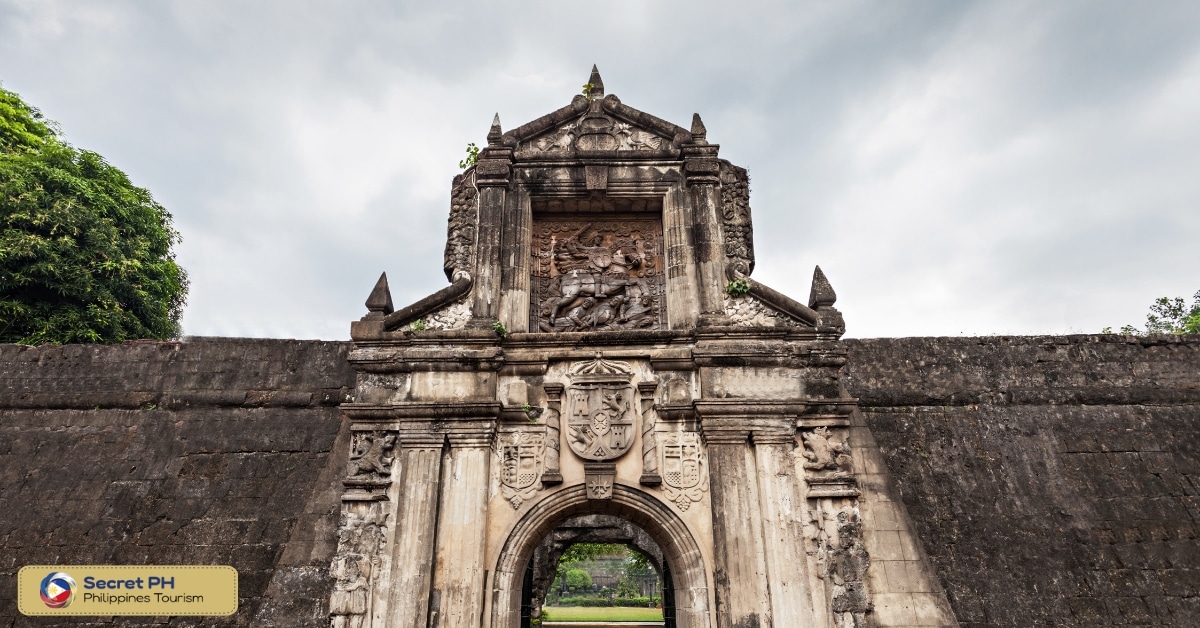
6. Malacañang Palace
Malacañang Palace is the official residence of the President of the Philippines, located in Manila. It is one of the most significant cultural and historical landmarks in the country and has served as the seat of the Philippine government for over a century.
Visitors to Malacañang Palace can take a guided tour of the historic building and explore its many rooms and exhibitions, including the Presidential Museum and Library, which houses a collection of historical artifacts and memorabilia related to Philippine presidents and their administrations.
The palace is also home to several significant works of art, including paintings, sculptures, and other decorative objects that reflect the country’s cultural heritage and history. Visitors can admire the palace’s grand architecture, ornate furnishings, and lush gardens, which offer a unique glimpse into the lives of Philippine presidents and the history of the country.
Address: 644, San Miguel, Manila, Metro Manila
Phone: (02)82498310
For pictures and more information, click here.
If you want to visit this place, check the directions here.
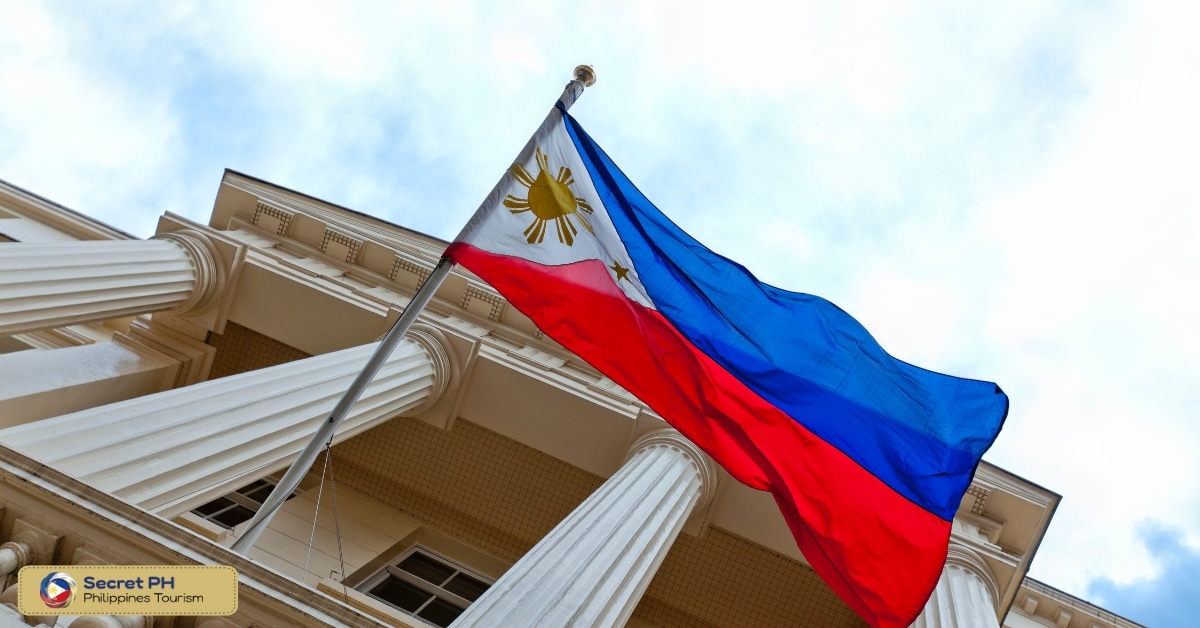
7. Tirad Pass
Tirad Pass is a historic mountain pass located in Ilocos Sur, Philippines. It is famous for being the site of the last stand of Philippine revolutionary leader, Gregorio del Pilar, against American forces in 1899.
Tirad Pass is considered one of the most significant cultural and historical landmarks in the country and is a popular destination for cultural and historical exploration. Visitors can hike to the summit of the pass and explore its many monuments and markers, which commemorate the bravery and sacrifice of the Filipino soldiers who fought there.
The stunning views from the summit of Tirad Pass offer a unique glimpse into the rugged beauty of the Ilocos region, with its rolling hills, verdant forests, and pristine rivers. Visitors can also take guided tours of the surrounding area, learn about the local history and culture, and experience the rich natural beauty of the region.
Address: Ilocos Sur, Philippines
Phone: (077) 722-8771
For pictures and more information, click here.
If you want to visit this place, check the directions here.
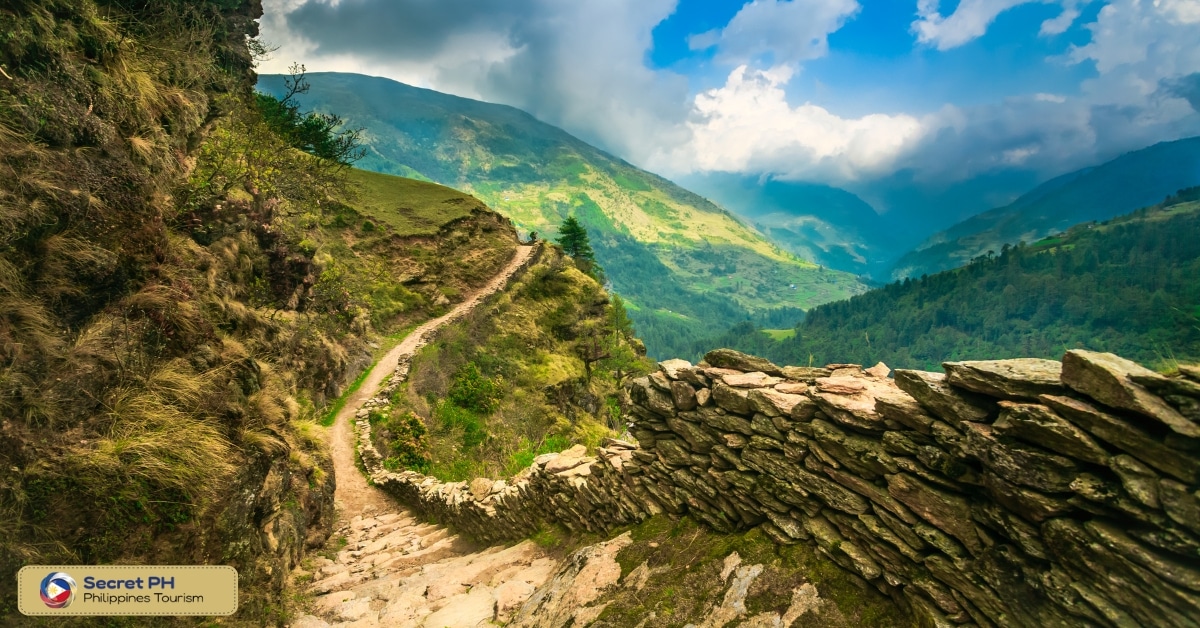
8. Barasoain Church
Barasoain Church, also known as Our Lady of Mount Carmel Parish Church, is located in the city of Malolos, Bulacan in the Philippines. It is one of the country’s top destinations for cultural and historical exploration due to its rich history and significance in the Philippine Revolution.
Barasoain Church was established in 1630 and has served as a religious and political center for the local community. During the Philippine Revolution, it served as the site of the First Philippine Republic’s first Constitutional Convention in 1898, where the country’s first democratic constitution, the Malolos Constitution, was written and ratified.
Address: Malolos, Bulacan, Philippines
Phone: +63447944340; +639688520344
For pictures and more information, click here.
If you want to visit this place, check the directions here.
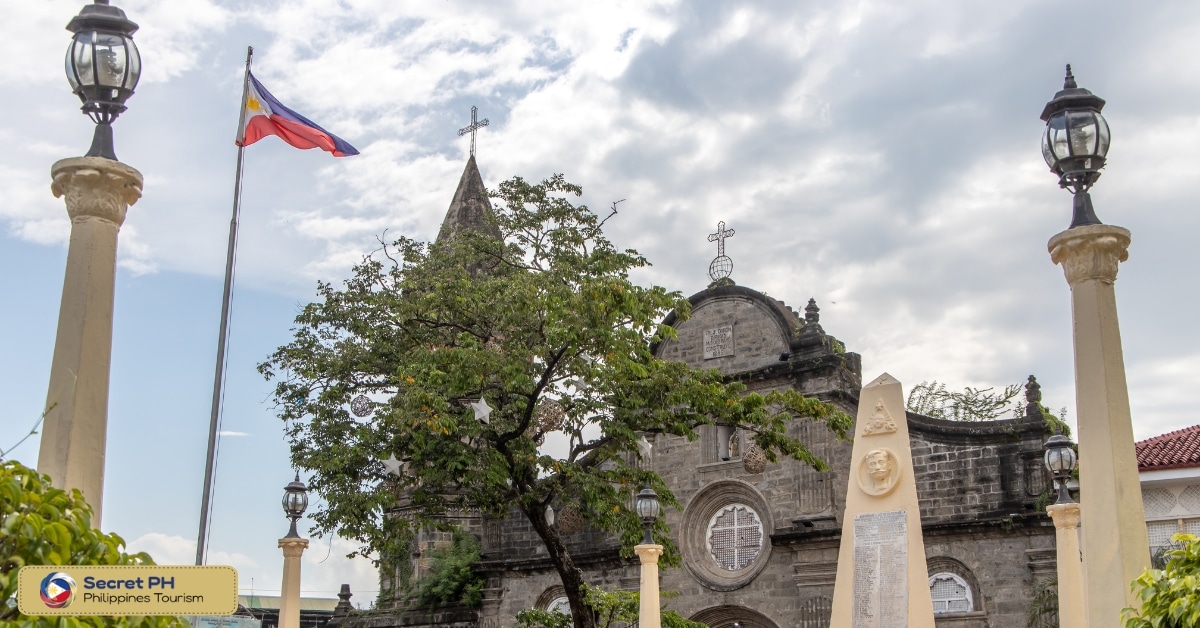
9. Binondo
Binondo, also known as Manila’s Chinatown, is a historic district located in Manila, Philippines. It is one of the country’s top destinations for cultural and historical exploration due to its rich heritage and vibrant cultural blend.
It was established in 1594 as the world’s first Chinatown and is home to a significant Chinese-Filipino community. The district has been a melting pot of different cultures, with influences from Chinese, Spanish, and Filipino traditions.
Address: Binondo, Manila, 1006 Metro Manila
Email: [email protected]
For pictures and more information, click here.
If you want to visit this place, check the directions here.
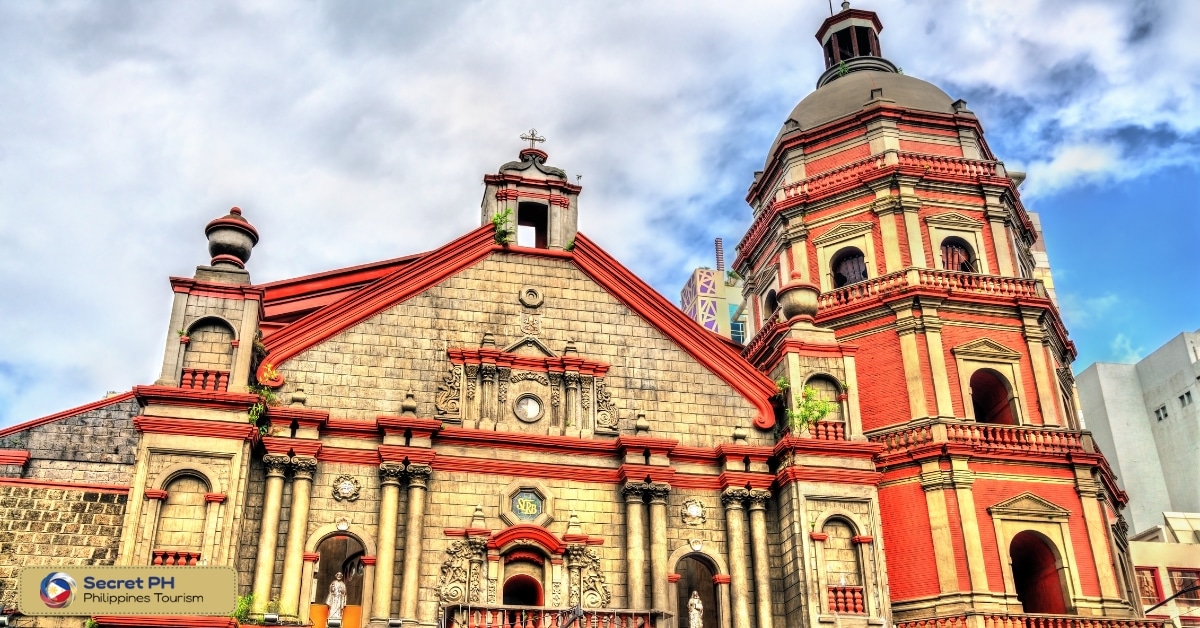
10. Fort San Pedro
Fort San Pedro, also known as Fuerte de San Pedro, is a military defense structure located in Cebu City, Philippines. It is one of the country’s top destinations for cultural and historical exploration, showcasing the rich history and cultural heritage of the Philippines.
It was built by Spanish conquistador, Miguel López de Legazpi in 1565, making it one of the oldest and smallest forts in the country. It served as a military defense structure during the Spanish colonial period and played a significant role in the history of Cebu City.
Today, It is a popular tourist destination, attracting visitors with its historical significance and well-preserved architecture. Visitors can explore the fort’s historical monuments, admire its Spanish colonial walls, and learn about its role in the Philippines’ rich history.
Address: A. Pigafetta Street, Cebu City, 6000 Cebu
Phone: (032)2562284
For pictures and more information, click here.
If you want to visit this place, check the directions here.
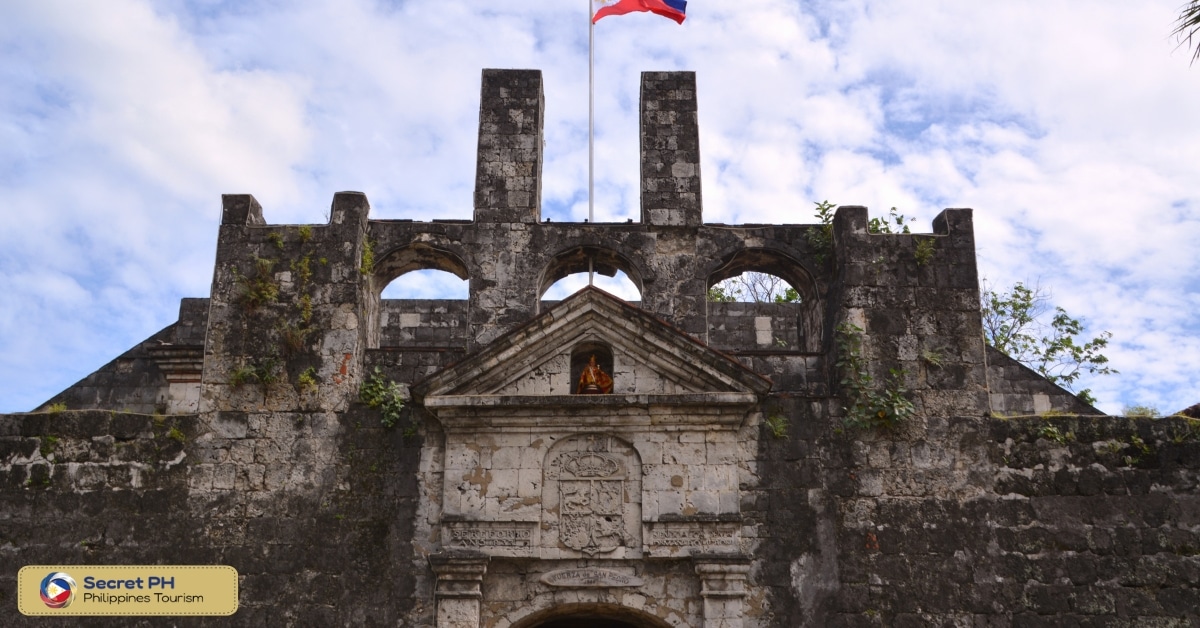
11. The Ruins
The Ruins, located in Talisay, Negros Occidental, Philippines, is a historic mansion turned into a popular tourist destination. It is one of the country’s top destinations for cultural and historical exploration, attracting visitors with its unique architecture and rich history.
The place also known as the Tassel Mansion was built in the early 1900s by a sugar baron, Don Mariano Ledesma Lacson, as a symbol of his wealth and success. The mansion was made of concrete and steel and was considered one of the most beautiful homes in the country.
Address: Talisay City, Negros Occidental
Phone: +63344769448; +63905513-3347
For pictures and more information, click here.
If you want to visit this place, check the directions here.
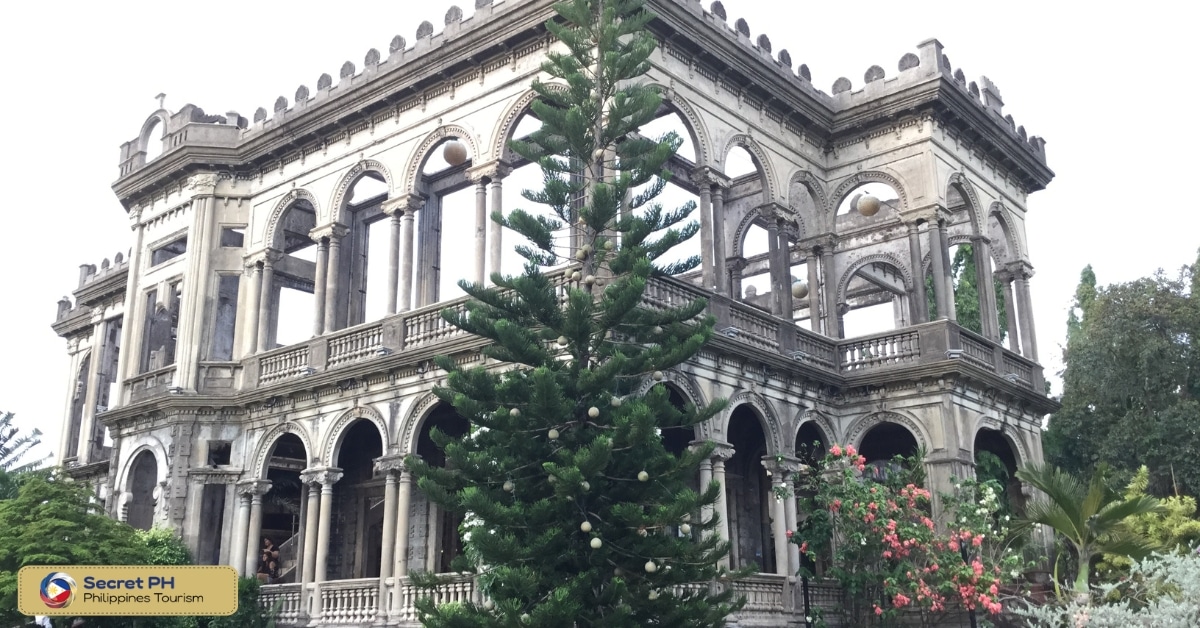
12. EDSA Shrine
The EDSA Shrine, also known as the Shrine of Mary, Queen of Peace, is a Catholic shrine located in Mandaluyong City, Philippines. It is a significant destination for cultural and historical exploration, as it marks the site of the 1986 People Power Revolution, a nonviolent uprising that ended the dictatorship of President Ferdinand Marcos and restored democracy in the Philippines.
It was built in 1989 to commemorate the peaceful demonstration that took place along the Epifanio de los Santos Avenue (EDSA) during the People Power Revolution. The shrine houses a statue of the Virgin Mary, who is considered by many Filipinos as the patroness of peace and democracy.
Address: Corner Ortigas Ave, Ortigas Center, Quezon City, 1110 Metro Manila
Phone: (02) 8631 5734
For pictures and more information, click here.
If you want to visit this place, check the directions here.
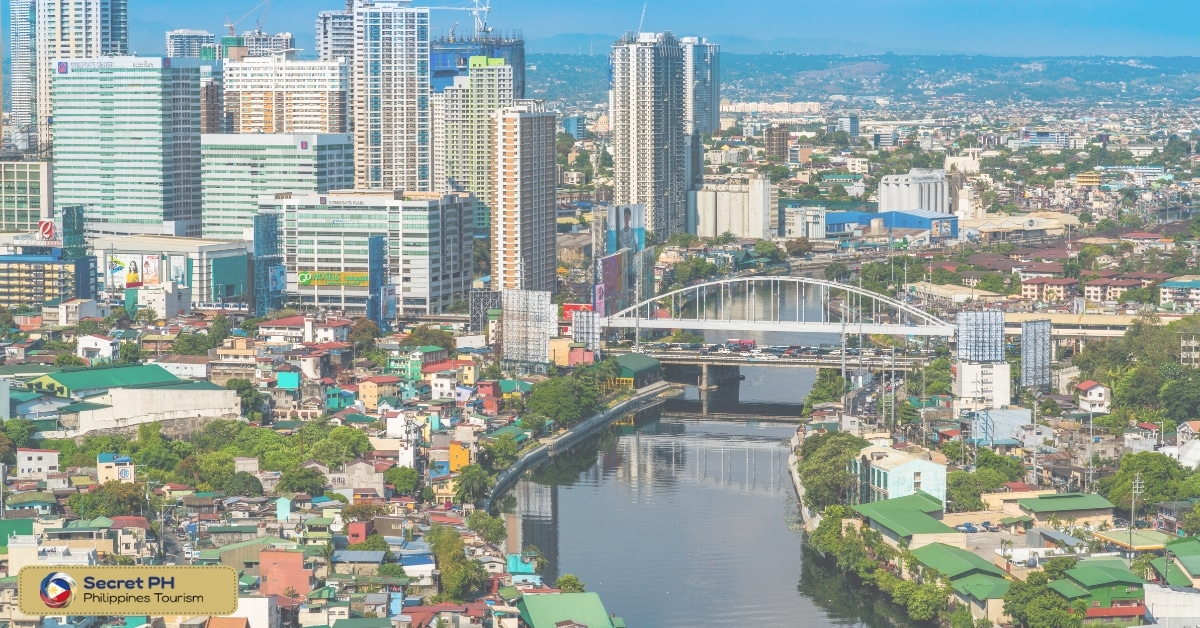
13. Basilica del Santo Niño
The Basilica del Santo Niño is a Roman Catholic basilica located in Cebu City, Philippines. It is a significant destination for cultural and historical exploration, as it houses the oldest religious relic in the Philippines, the Santo Niño de Cebu.
The Santo Niño de Cebu is a small statue of the Holy Child Jesus, believed to have been given as a gift to Queen Juana of Cebu by Portuguese explorer Ferdinand Magellan in 1521. The statue is considered a symbol of the arrival of Christianity in the Philippines and is revered by many Filipinos.
Address: Osmeña Boulevard, 6000 Cebu City
Phone: (032) 255-6697
For pictures and more information, click here.
If you want to visit this place, check the directions here.
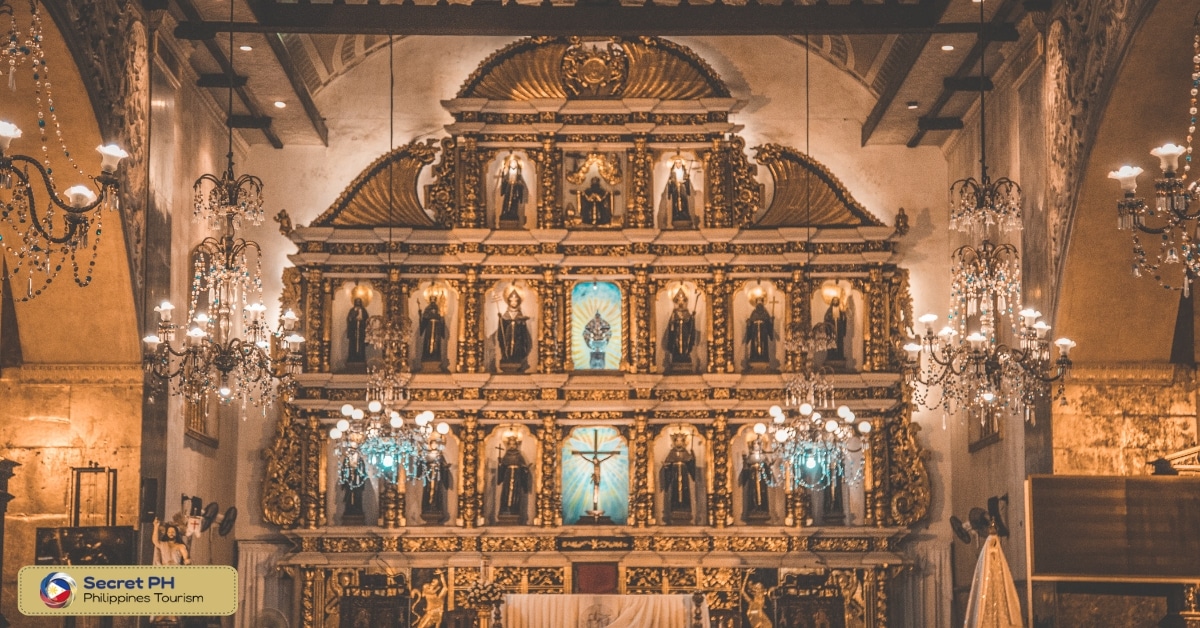
14. Tabon Cave
Tabon Cave is a complex of caves located in Lipuun Point, Quezon, Palawan, Philippines. It is a significant destination for cultural and historical exploration, as it is considered one of the oldest human settlements in Asia.
It is complex and is home to numerous archaeological sites, including the Tabon Man, the oldest human remains found in the Philippines, dating back to 22,000 years ago. The cave also contains numerous artifacts and tools, providing valuable insight into the lives of the early inhabitants of the Philippines.
Address: Quezon, Palawan
Email: [email protected]
For pictures and more information, click here.
If you want to visit this place, check the directions here.
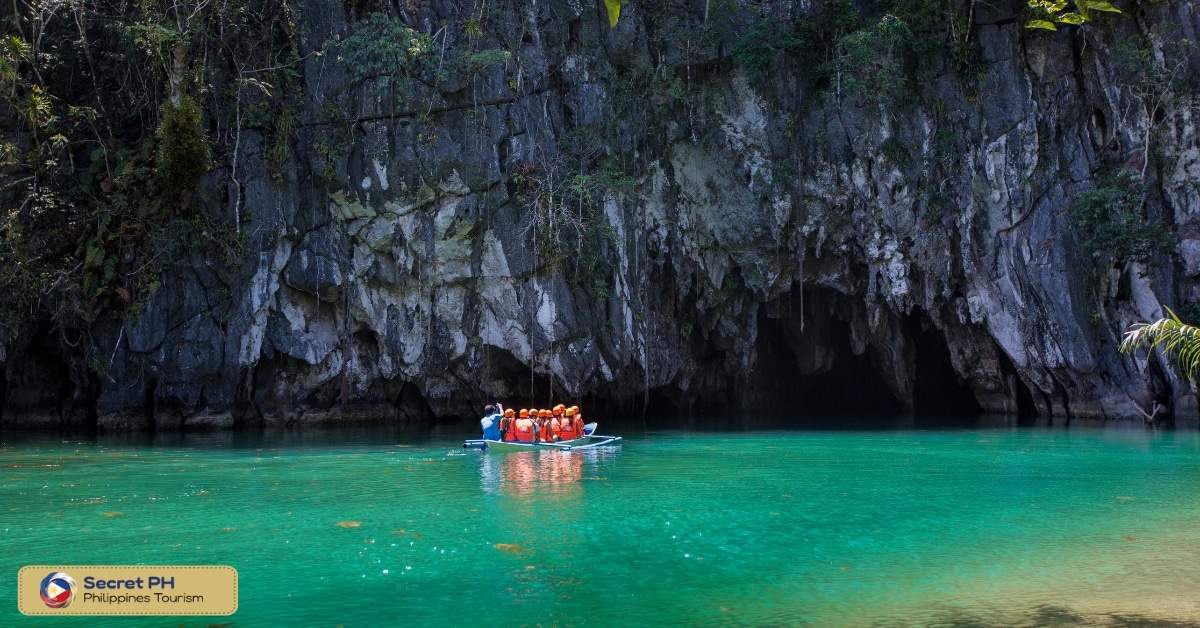
15. Mt. Samat
Mount Samat is a mountain located in Bataan, Philippines. It is a significant destination for cultural and historical exploration, as it is the site of the Battle of Bataan during World War II.
The Battle of Bataan was a pivotal battle in World War II, where Filipino and American forces held off Japanese invaders for over three months. The battle resulted in the death of thousands of soldiers and is considered a symbol of courage and bravery.
Address: Pilar, Bataan
Phone: (047) 237 3488
For pictures and more information, click here.
If you want to visit this place, check the directions here.
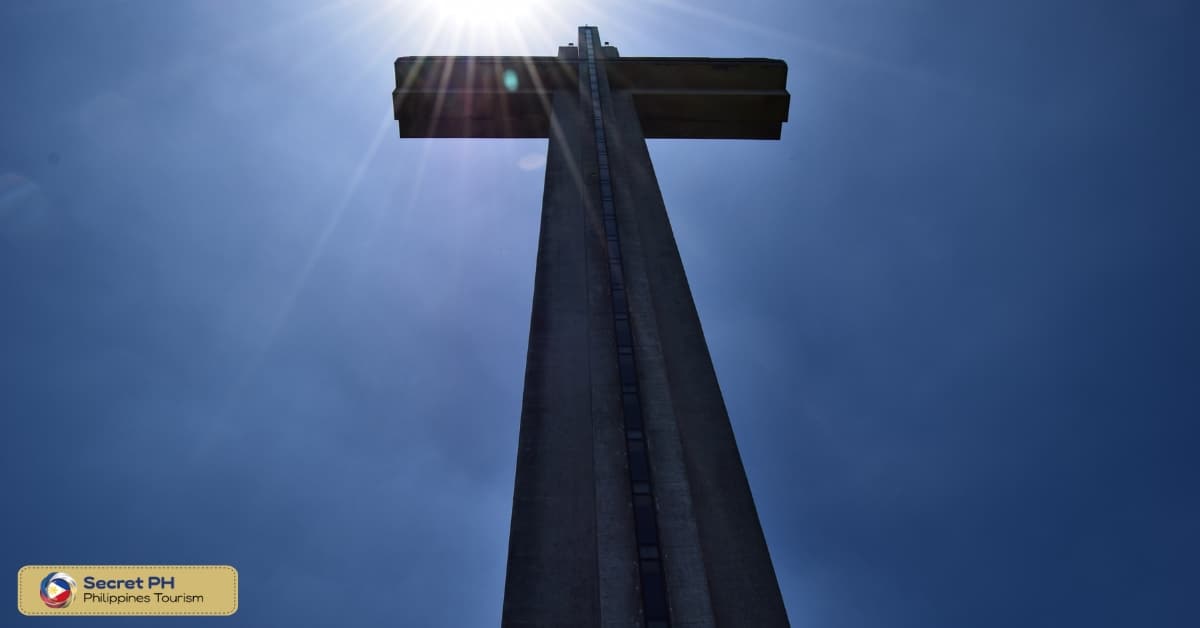
16. Mactan Shrine
The Mactan Shrine is a historical monument located on Mactan Island, Cebu, Philippines. It is a significant destination for cultural and historical exploration, as it marks the site of the Battle of Mactan, where native warrior Lapu-Lapu defeated Portuguese explorer Ferdinand Magellan in 1521.
The Battle of Mactan is considered a turning point in Philippine history, as it marked the first time that native Filipinos successfully defended their land against foreign invaders. Lapu-Lapu is revered as a national hero in the Philippines and the Mactan Shrine is a testament to his bravery and heroism.
Address: Lapu-Lapu City, Cebu
Phone: (032)8882328
For pictures and more information, click here.
If you want to visit this place, check the directions here.
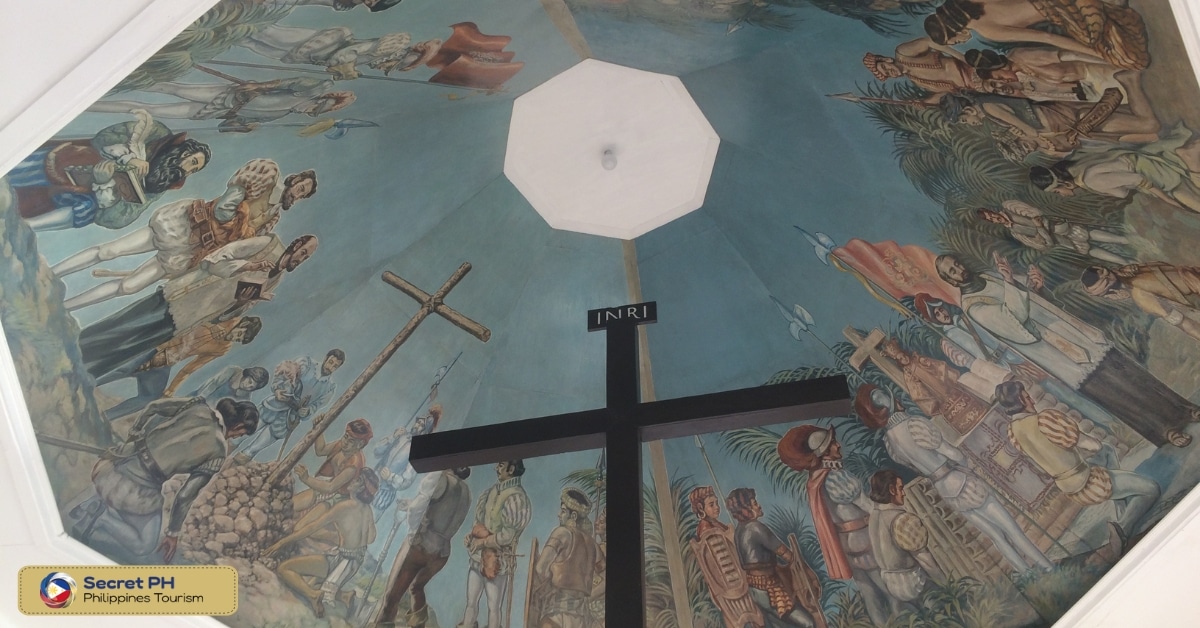
17. Emilio Aguinaldo Shrine
The Emilio Aguinaldo Shrine is a historic house located in Kawit, Cavite, Philippines. It is a significant destination for cultural and historical exploration, as it was the birthplace and residence of Emilio Aguinaldo, the first president of the Philippines.
It played a key role in the Philippine Revolution against Spain and the Philippine-American War and is considered a national hero in the Philippines. The Emilio Aguinaldo Shrine was where he raised the Philippine flag for the first time on June 12, 1898, signaling the start of Philippine independence.
Address: Kawit, 4104 Cavite
Phone: (046)4847643
For pictures and more information, click here.
If you want to visit this place, check the directions here.
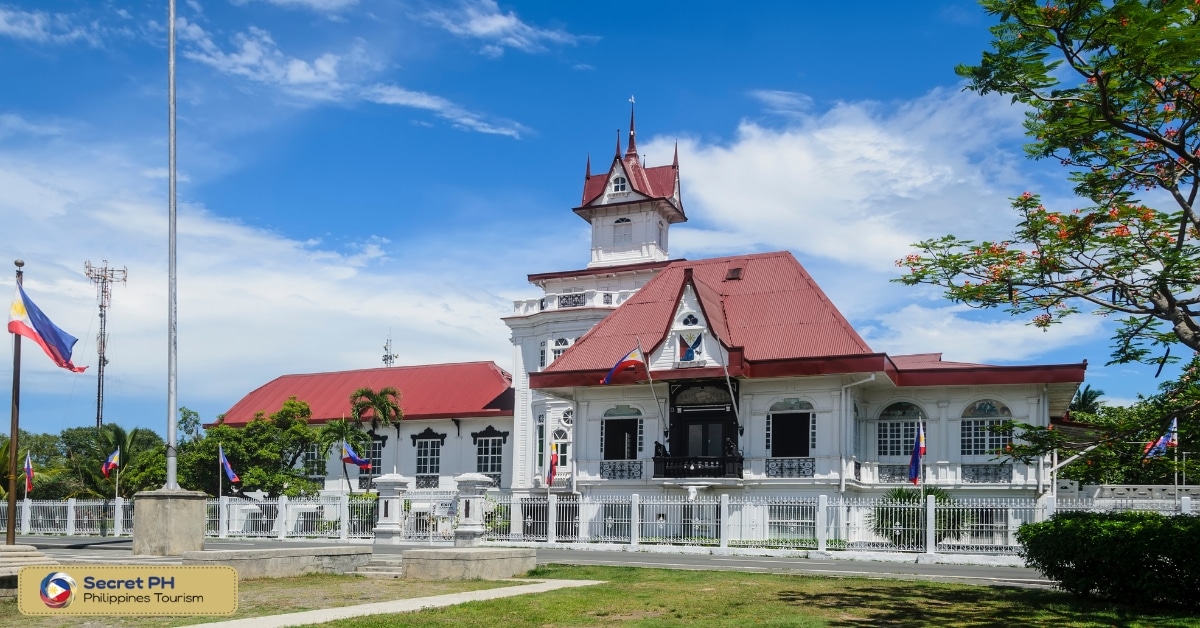
18. Plaza Cuartel
Plaza Cuartel is a historical site located in the city of Puerto Princesa, Palawan, Philippines. It is a significant destination for cultural and historical exploration, as it marks the site of a tragic event in World War II.
During World War II, Plaza Cuartel was used as a prisoner-of-war camp by the Japanese Imperial Army. In December 1944, over 150 American and Filipino prisoners of war were burned alive in the plaza, in what is now known as the Palawan Massacre.
Address: Taft St, Puerto Princesa, Palawan
Phone: 0487178005
For pictures and more information, click here.
If you want to visit this place, check the directions here.
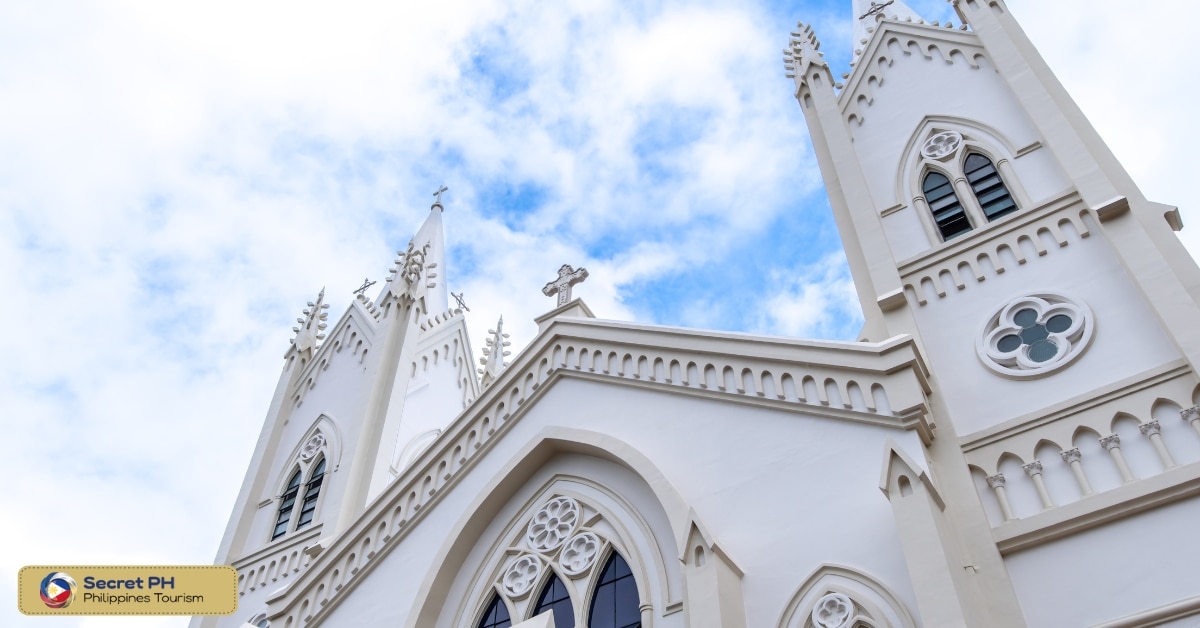
19. Baler Church
The Baler Church, also known as the San Luis Obispo de Tolosa Church, is a historic church located in the town of Baler, Aurora, Philippines. It is a significant destination for cultural and historical exploration, as it played an important role in the Spanish colonization of the Philippines and served as a refuge during the Philippine Revolution.
It was built in the late 17th century and is one of the oldest churches in the Philippines. It is known for its Spanish colonial architecture, including its adobe walls, red-tiled roof, and intricate wooden carvings.
Address: Poblacion, Baler, Aurora, Philippines
Phone: +639289837668
For pictures and more information, click here.
If you want to visit this place, check the directions here.
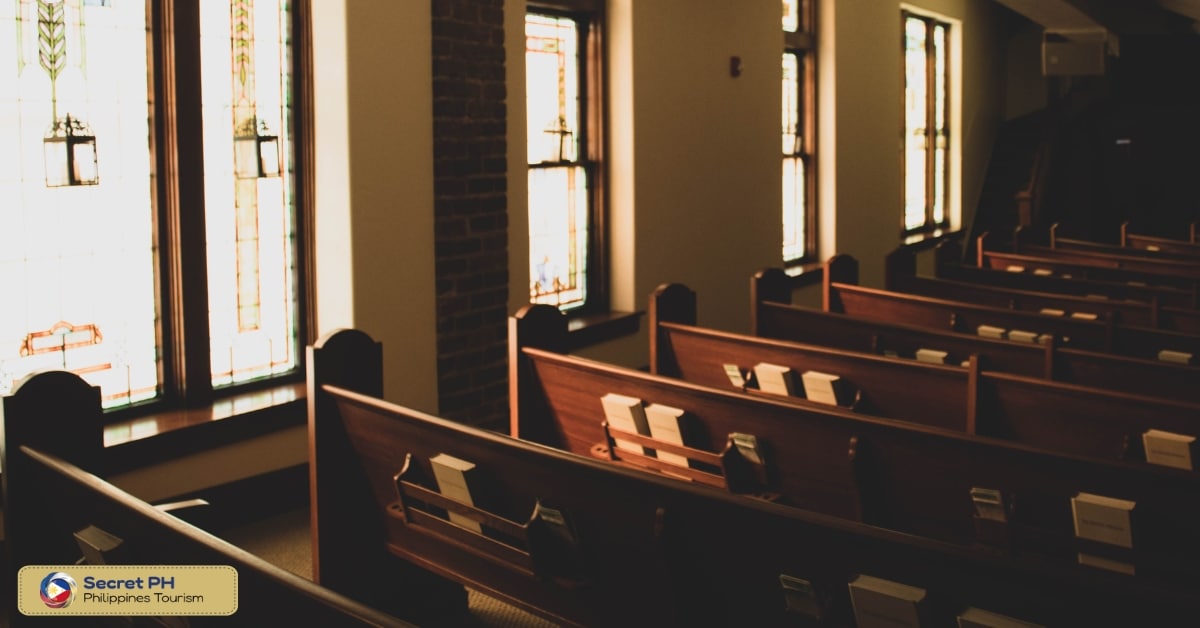
20. Sandugo Shrine
The Sandugo Shrine is a historical monument located in Tagbilaran City, Bohol, Philippines. It is a significant destination for cultural and historical exploration, as it marks the site where the first blood compact between Spanish explorer Miguel López de Legazpi and Datu Sikatuna, a native chieftain, took place in 1565.
The blood compact, also known as the Sandugo, was a symbolic act of friendship and alliance between the Spanish and the native people of the Philippines. It is considered the first treaty of friendship between the Philippines and a foreign nation and is now celebrated as the Sandugo Festival every year.
Address: J.P, EK Inting St, Tagbilaran City, 6300 Bohol
Phone: 412-2222
For pictures and more information, click here.
If you want to visit this place, check the directions here.
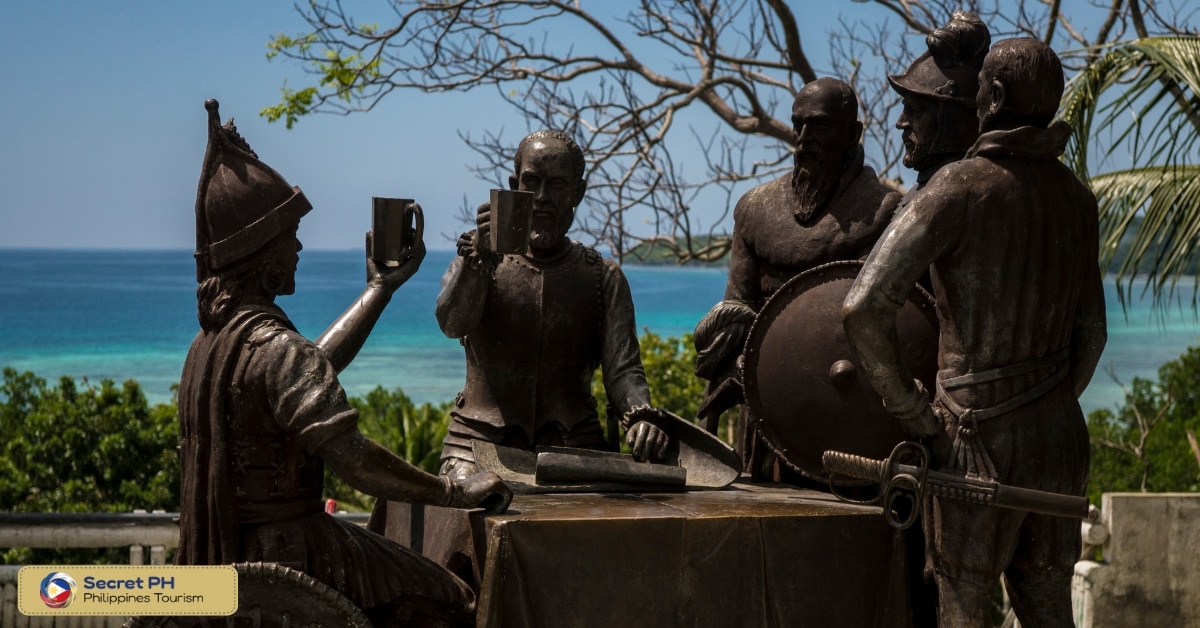
21. Jose Rizal Shrine
The Jose Rizal Shrine is a museum located in Fort Santiago, Intramuros, Manila, Philippines. It is a significant destination for cultural and historical exploration, as it serves as a memorial to one of the country’s most important heroes, Jose Rizal.
Jose Rizal was a writer, poet, and revolutionary who is widely considered a Philippine national hero. He is known for his works, which inspired the Philippine Revolution against Spanish colonial rule and led to the country’s independence.
The Jose Rizal Shrine is located in the cell where Rizal was imprisoned before his execution in 1896. The museum features exhibits that showcase Rizal’s life, works, and legacy, including original manuscripts, personal belongings, and memorabilia.
Address: Fort Santiago, General Luna St, Intramuros, Manila, 1002 Metro Manila
Phone: 285272961
For pictures and more information, click here.
If you want to visit this place, check the directions here.
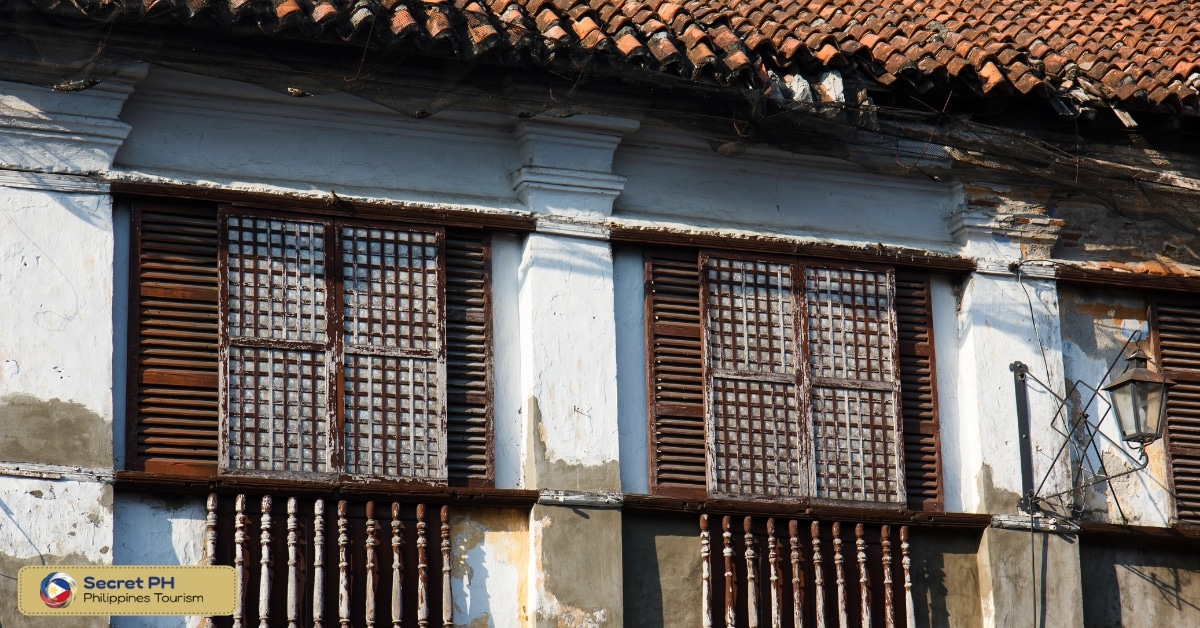
22. Sheik Karim al Makdum Mosque
The Sheik Karim al Makdum Mosque, also known as the Old Mosque, is a historic mosque located in Simunul, Tawi Tawi, Philippines. It is a significant destination for cultural and historical exploration, as it is considered the oldest mosque in the Philippines and Southeast Asia.
The mosque was built in the 14th century by Sheik Karim al Makdum, a Muslim missionary, and trader from the Arabian Peninsula. It was the first mosque in the Philippines and played an important role in the spread of Islam in the region.
Address: Simunul, 7505 Tawi-Tawi
Phone: +639054781367
For pictures and more information, click here.
If you want to visit this place, check the directions here.
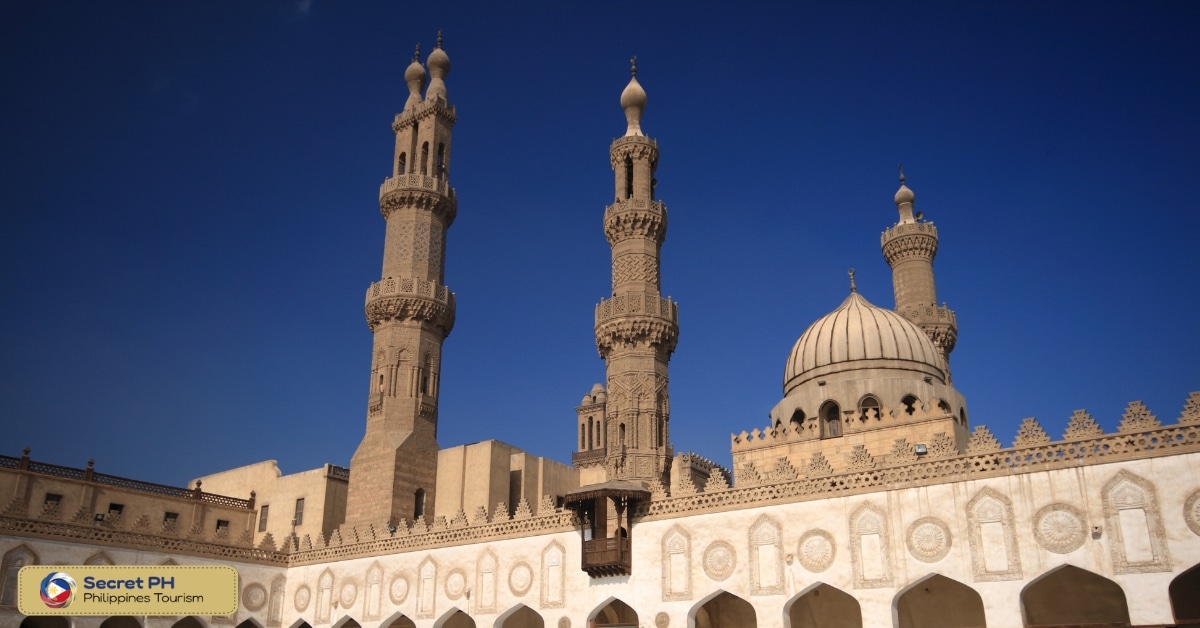
23. Leyte Landing Memorial Park
The Leyte Landing Memorial Park is a historical park located in Red Beach, Palo, Leyte, Philippines. It is a significant destination for cultural and historical exploration, as it marks the site where General Douglas MacArthur and the Allied Forces landed on October 20, 1944, during the Battle of Leyte Gulf in World War II.
It is a testament to the bravery and sacrifice of the Philippine and American soldiers who fought to reclaim the Philippines from Japanese occupation during the war. The park features monuments, memorials, and exhibits that commemorate the landing and the events that followed.
Address: Palo, Leyte
Phone: (053)8323993
For pictures and more information, click here.
If you want to visit this place, check the directions here.
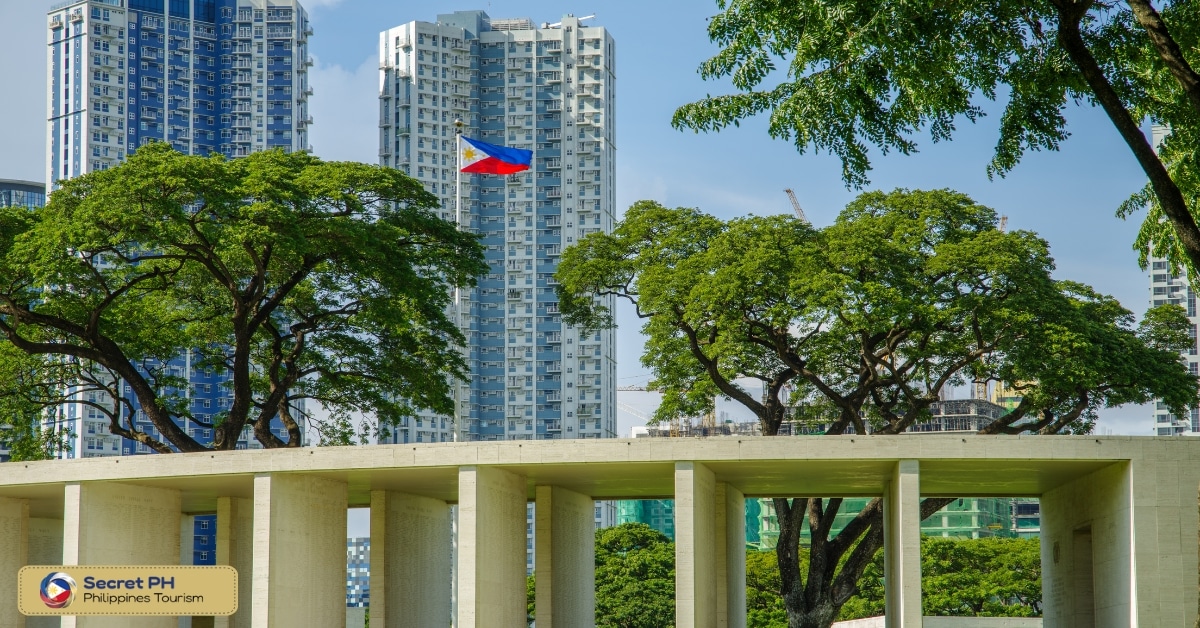
24. Cagsawa Ruins
The Cagsawa Ruins are the remnants of a church located in Daraga, Albay, Philippines. It is a significant destination for cultural and historical exploration, as it serves as a reminder of one of the most catastrophic events in Philippine history, the eruption of Mount Mayon in 1814.
It was originally built in the town of Cagsawa in the 1700s and was a major center of worship and community life. However, on February 1, 1814, the eruption of Mount Mayon buried the town of Cagsawa and the church in volcanic ash and lahar.
Today, the Cagsawa Ruins are one of the most popular tourist attractions in the Philippines, attracting visitors from around the world. The ruins stand as a testament to the power of nature and the resilience of the Philippine people.
Address: Daraga, 4501 Albay
Phone: +639075896521
For pictures and more information, click here.
If you want to visit this place, check the directions here.
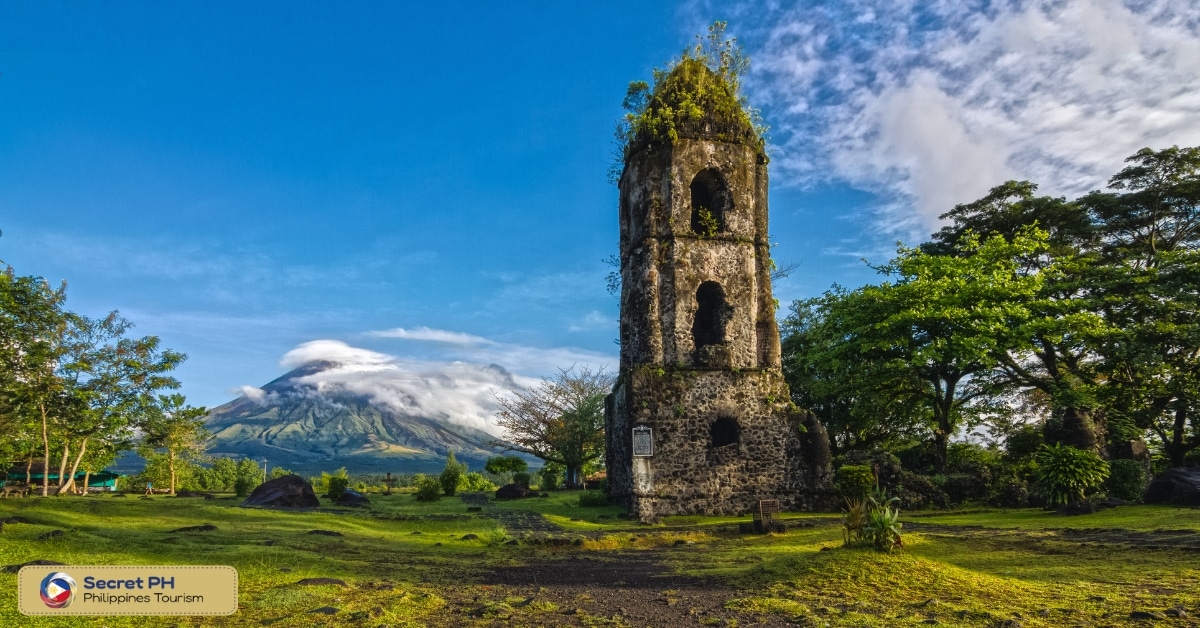
25. Sultan Kudarat
Sultan Kudarat, located in the province of Maguindanao in the Philippines, is a significant destination for cultural and historical exploration. It is named after Sultan Muhammad Dipatuan Kudarat, a Muslim leader who played a key role in resisting Spanish colonization in the region.
The province of Sultan Kudarat is rich in cultural heritage, with a long history of Islamic civilization and cultural traditions. Visitors can explore the grand mosque of Sultan Kudarat, which is considered one of the largest in the country and is known for its beautiful architecture and intricate carvings.
Another notable attraction in Sultan Kudarat is the Old Mosque of Sultan Kudarat, which dates back to the 1700s and is considered one of the oldest in the country. The mosque is a unique blend of Islamic and indigenous architectural styles and is a testament to the rich cultural heritage of the region.
Address: Maguindanao, Philippines
Phone: +639194853210
For pictures and more information, click here.
If you want to visit this place, check the directions here.
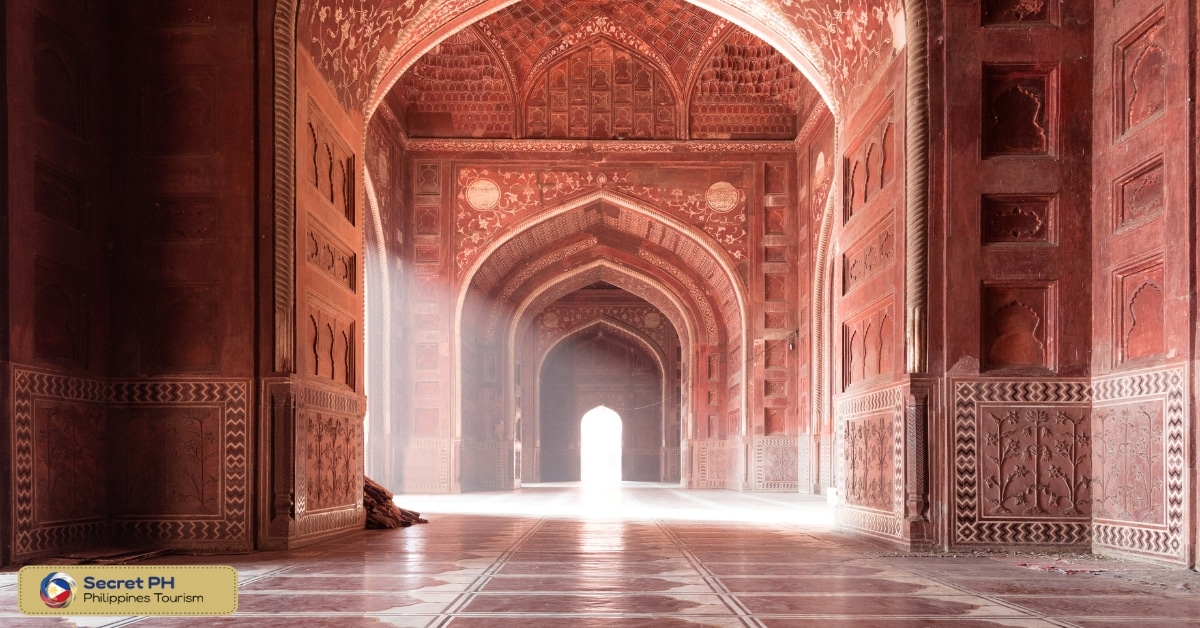
26. Limasawa Island
Limasawa Island is a small island located in the southern province of Leyte, Philippines. It is an important destination for cultural and historical exploration due to its significant role in Philippine history.
Limasawa Island is believed to be the site of the first Catholic mass in the Philippines, which was celebrated by the Spanish explorer, Ferdinand Magellan, in March 1521. This event marked the beginning of the Spanish colonization of the Philippines and had a profound impact on the country’s religious and cultural heritage.
Address: Leyte, Philippines
Phone: (053)8323993
For pictures and more information, click here.
If you want to visit this place, check the directions here.
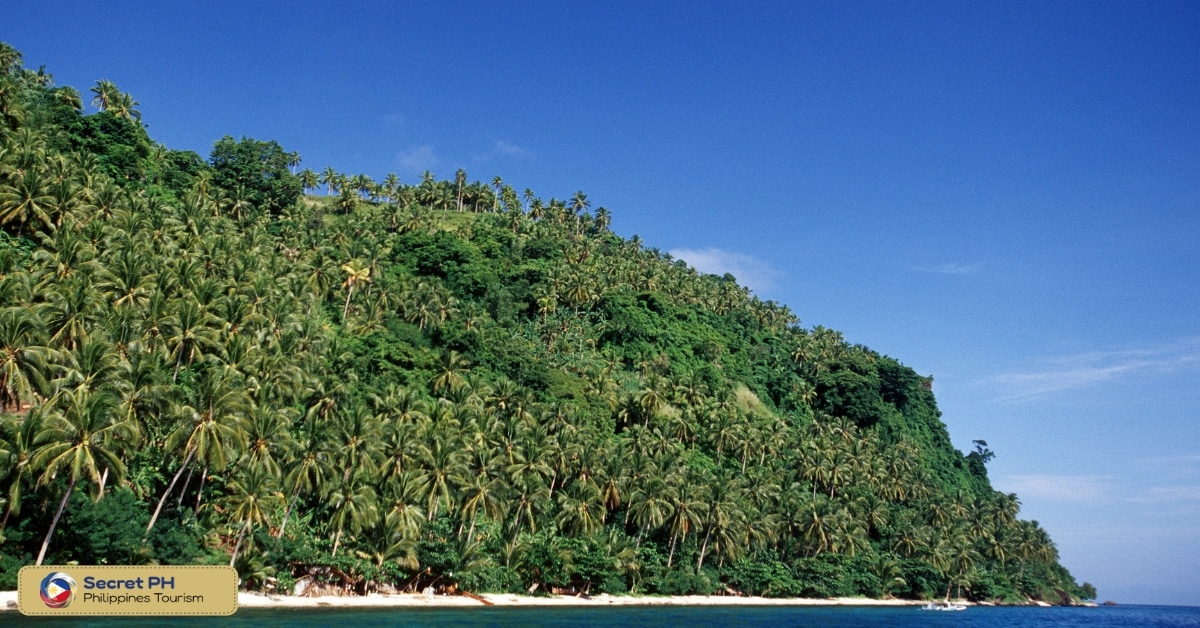
In conclusion
The Philippines is overflowing with rich and diverse cultural heritage, making it the perfect destination for anyone looking to explore some of Southeast Asia’s rich history.
From centuries-old ruins and beautiful colonial churches to bustling ports and vibrant festivals, the country offers its visitors a dizzying array of activities and places to explore.
Whether you’re looking to expand your knowledge or just soak in the local culture, these 26 destinations guarantee satisfaction. With this list of must-see locations, you can be sure that your Philippine adventure will be a memorable one.

